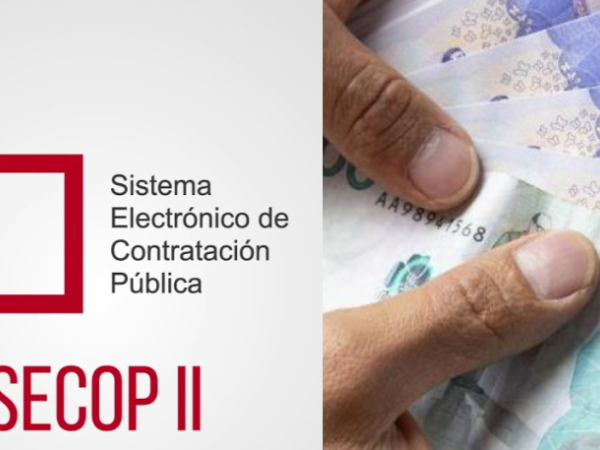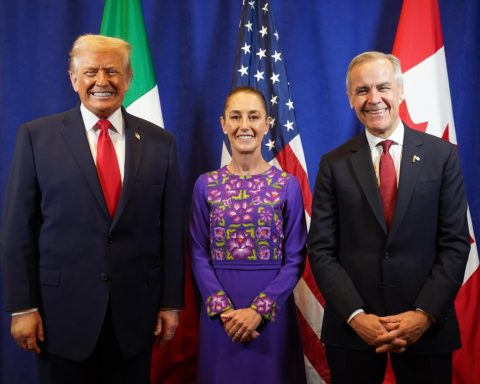Mass advertising floods every corner of our lives and capture consumer’s attention has become a crucial challenge for brands. Neuromarketing, a discipline that combines neuroscience with marketing, emerges as a powerful tool to understand mental processes behind purchase decisions and design more effective strategies.
“Neuromarketing is the application of marketing neuroscience to understand how consumers make purchase decisions,” says Jaime Carlos Vaca-Guzmán Mejía, a professor at the Advertising and Marketing career at Franz Tamayo University, Unifranz.
The expert adds that the purpose of this discipline is double: investigating brain mechanisms and executing strategies that influence consumer behavior effectively.
One of the most relevant findings in the field of neuromarketing is that purchase decisions are predominantly emotional. A study by Harvard University reveals that 95% of purchase decisions are made unconsciously, confirming that reason is often only a justification after an choice already determined by emotions.
“Most purchase decisions are made emotionally. That is why emotions such as happiness, nostalgia or empathy can be used to create emotional connections with consumers, increasing the probability of making a purchase, ”says Vaca-Guzmán Mejía.
This premise explains why the most successful advertising campaigns are those that generate an emotional response in the consumer. A clear example is the use of nostalgia in ads that evoke memories of childhood, generating a deep connection with the audience.
The principle of reciprocity in sales
Neuromarketing is also based on well -documented psychological principles, such as reciprocity. This concept implies that when a brand offers some value without asking for anything in return (such as free content, samples, discounts or gifts), consumers feel the need to return that favor by buying the product or service.
“Neuromarketing can apply reciprocity offering some value to consumers to create a sense of obligation and increase the probability of making a purchase, ‘giving to receive,” explains the expert.
Companies such as Starbucks have applied this strategy successfully by offering free coffee tastings, making customers feel more inclined to make a purchase.
According to Vaca-Guzman, we live in an era of informative overload, where consumers are exposed to innumerable advertising messages every day. Given this panorama, capturing attention becomes a key challenge for brands.
The expert emphasizes that “to capture attention, techniques such as customization, creativity and surprise can be used to create experiences that stand out from the crowd and attract consumer attention.”
A clear example of this strategy is the use of innovative packaging. A striking design or an unconventional form can cause a product to stand out on a crowded options.
The 7 keys to neuromarketing
Mauricio Corban Rondón, a commercial engineer specialized in neuromarketing, presented in the VI International Congress of Neurosciences (INU), organized by Unifranz in 2024 that this discipline still lacks universal standards. However, there are certain principles that have proven to be effective in most cases:
1. Less, more: the simpler an advertising message, the easier it will be for the consumer to remember and process it.
2. Capture the user’s gaze: Understand where you direct your view allows you to guide your attention to the key elements of a campaign.
3. Touch to believe: the possibility of physically interacting with a product increases the probability of purchase.
4. Metaphors work: relating a product with family images facilitates its acceptance by the consumer.
5. The novelty attracts attention: an innovative design or an original container can make a difference.
6. Use the senses: supermarkets and stores take advantage of aromas, lighting and music to influence purchase behavior.
7. The power of humor and relaxation: a relaxed consumer is more receptive to purchase stimuli.
“Neuromarketing arises from the need to understand how and why people choose certain brands, react to products and ads, and develop purchase habits. In an increasingly competitive world, companies that manage to apply this knowledge ethically and effectively will have a decisive advantage in the market, ”Corban concludes.


















